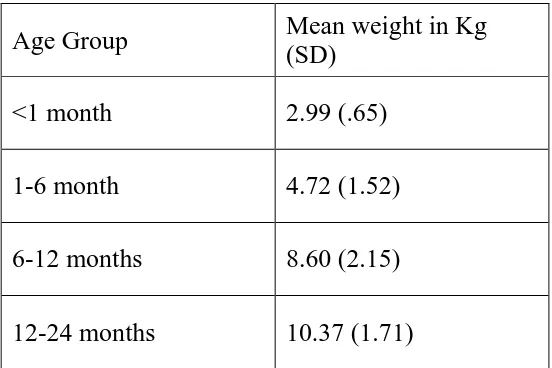A Cross Sectional Study to Estimate the Prevalence of Occult Spinal Dysraphism using Ultrasound in Children Aged below 2 Years for Urogenital and Anorectal Surgeries in Operating Room of a Tertiary Care Hospital
Full text
Figure




Related documents
AUC: Area under the curve; ER: Emergency Room; FFP: Fresh frozen plasma; Hb: Hemoglobin; H-FABP: Heart-type fatty acid binding protein; HS Abd: Patients with hemorrhagic shock
The overall goal of the coor- dinators is to facilitate conversations amongst faculty members teaching the required Runes courses to ensure coherence in learning goals and
In this case, we combined SNP array measurements from parents and sibling embryos with re- combination frequencies [27] in a statistical model to de- termine the Maximum
Results were compared with those obtained in a control group of 20 hemodialysis patients, affected by secondary hyperparathyroidism, and refusing surgical treatment, and
ANOVA: Analysis of variance; b.i.d.: Twice a day (bis in die); BMI: Body mass index; cAMP: Adenosine monophosphate; cGMP: Cyclic guanosine monophosphate; Cmax: Maximum
The study assesses the factors associated with the utilization of PMTCT services taking into consideration counts of visits to antenatal care (ANC) services in urban high-HIV
BCT: Breast Conservative Therapy; BMI: Body mass index; CMF: Combined mixed dye and fluorescence method; FI: Fluorescence imaging; HER2: Herceptine score; ICG: Indocyanine green;
Moreover, the women constructed the ‘ right time ’ to consider decisions about risk-reducing surgery to be when: (1) decisions fit into their lives, (2) they had enough time to





